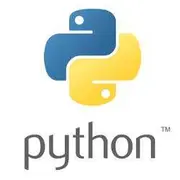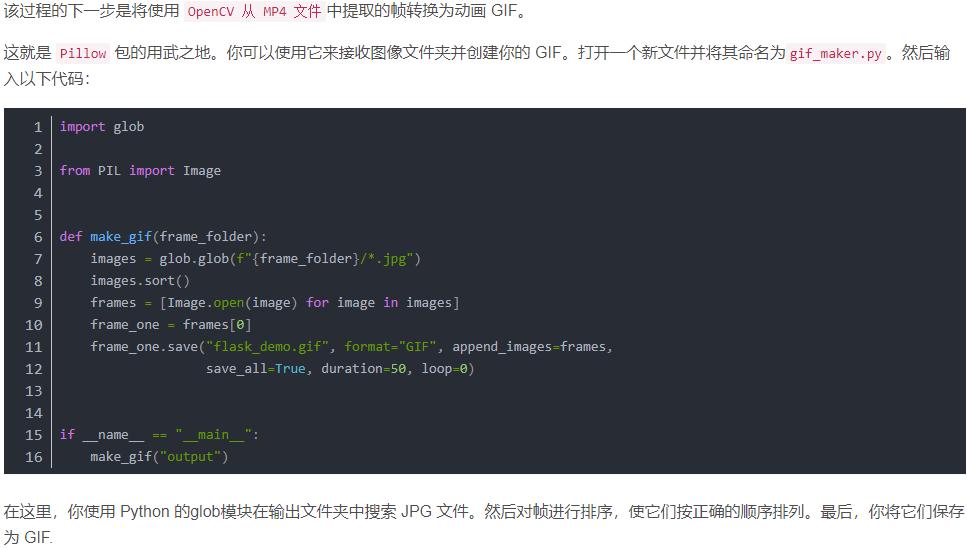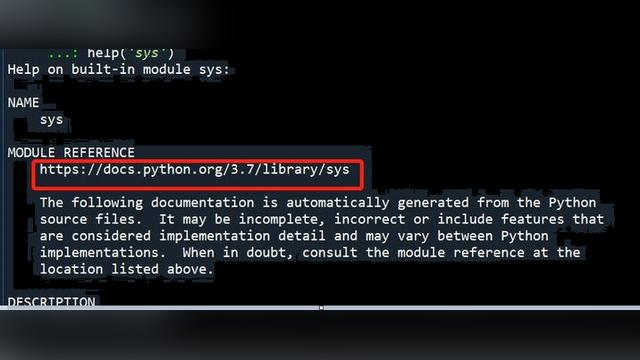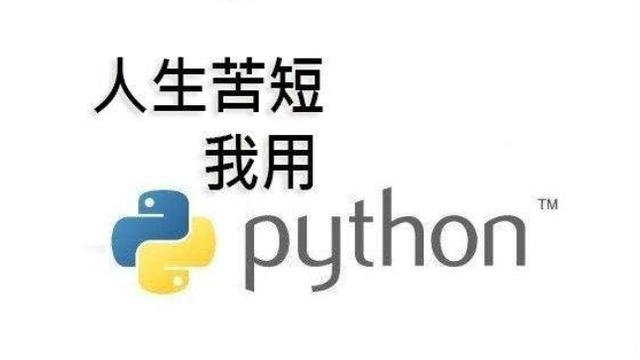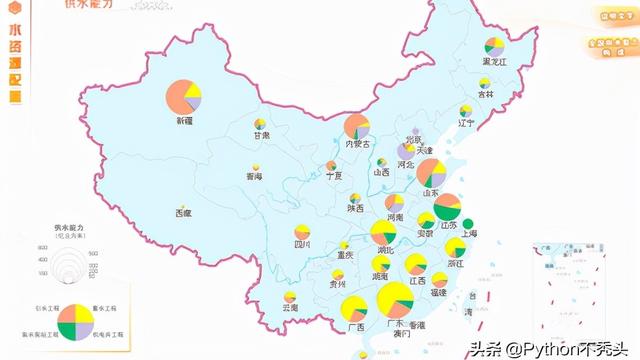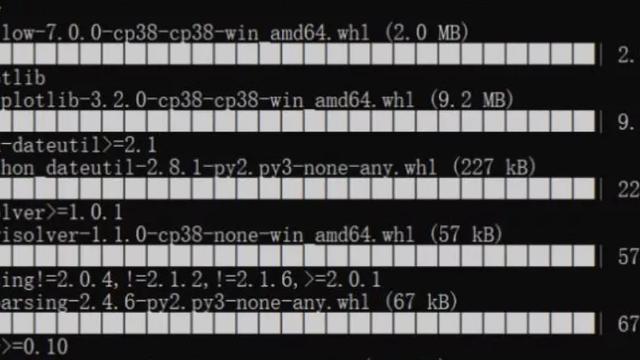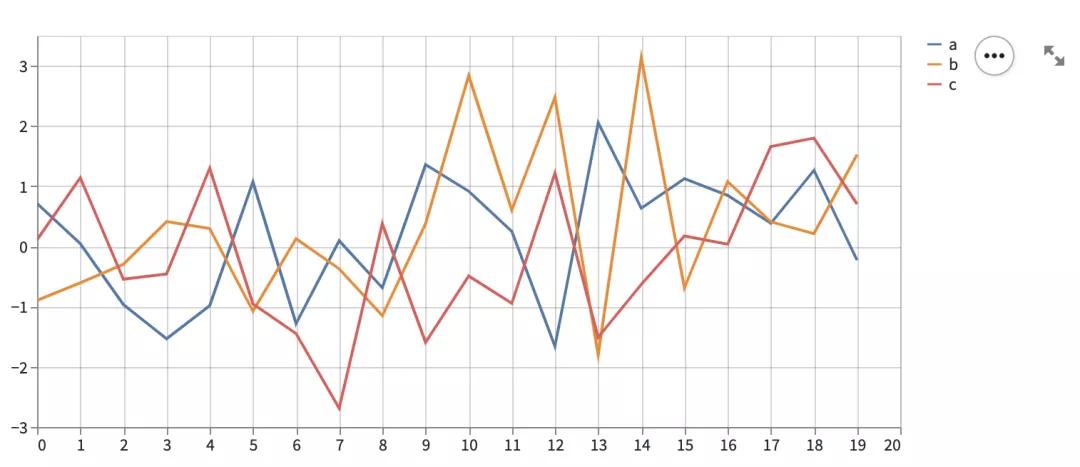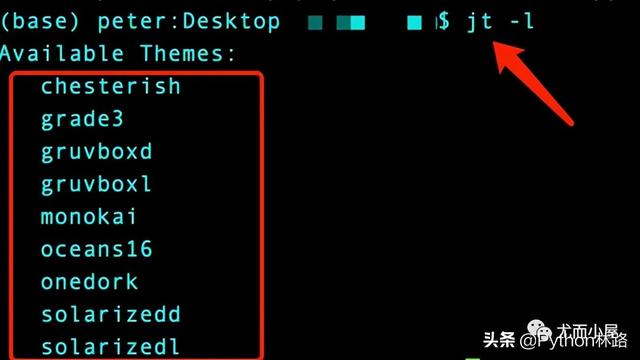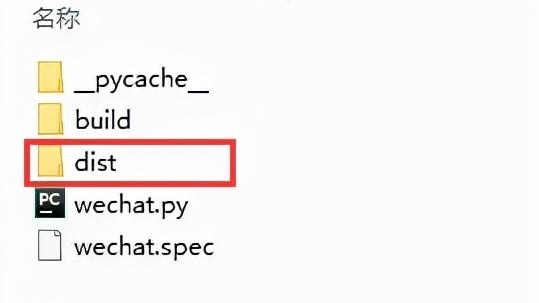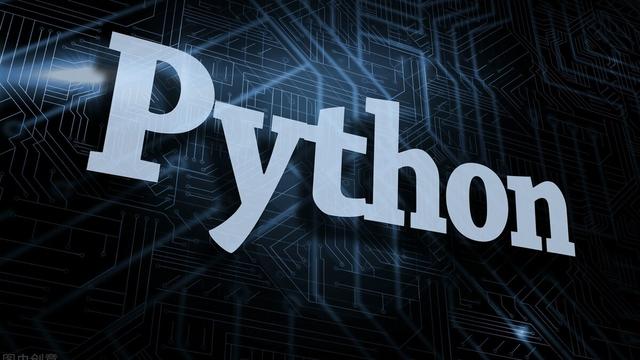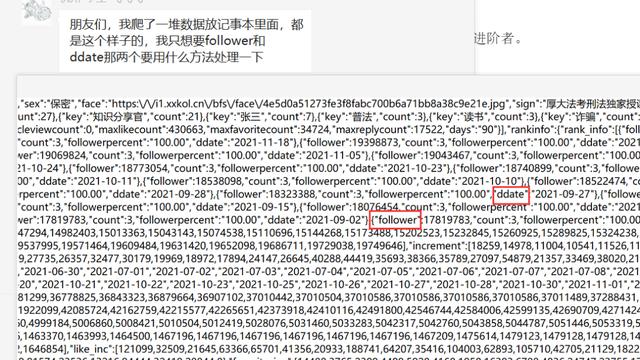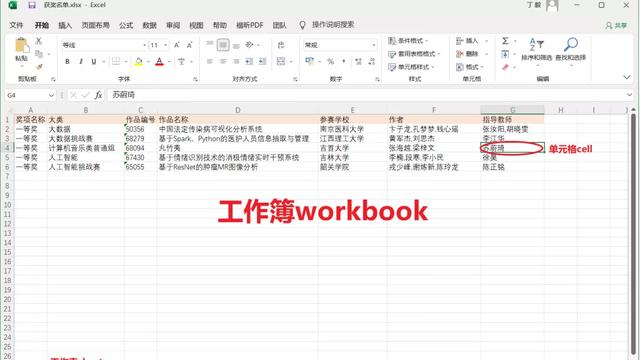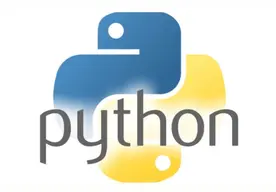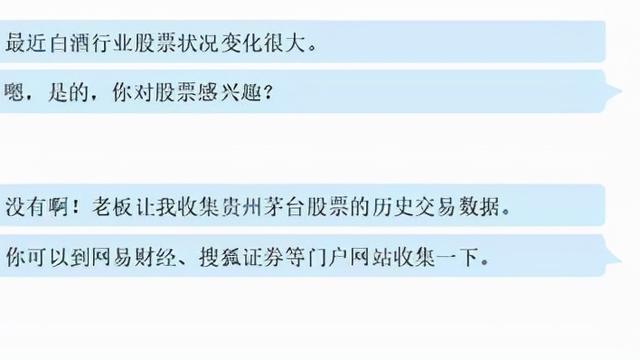Python列表去重复项的N种方法
2020-05-03
加入收藏
随着人工智能的发展,Python变得越来越流行了。而Python语言中列表(List)与其他语言的数组(Array)类似,是一种有序的集合数据结构,但Python List可支持各种数据类型,长度也可动态调整,与JS中的数组或JAVA ArrayList很接近。在实际编程中,我们会遇到数组或列表去掉重复项的需求。那么在Python编程中,我们会有很多种方法来实现这个目标,有的新建列表来存储非重复项,有的则在原有基础上删除掉重复的项,有的则利用数据结构来达到去重复的目的。具体哪一种方法更好呢?只能说根据不同场景来选择一种,以下的N种方式将有助于对于基础算法和语言学习的理解。

方式
## 1. 新建列表,如果新列表中不存在,则添加到新列表
def unique(data):
newList = []
for item in data:
if item not in newList:
newList.Append(item)
print("for list + not in. data:", newList)
# test
data = ['a', 'a', 1, 1, 2, 2, 'b', 'b', 2, 1]
start_time = time.time()
unique(data)
print("time:" + str((time.time() - start_time) * 1000) + " ms")
# result
$ python -V
Python 2.7.16
$ python unique.py
('for list + not in. data:', ['a', 1, 2, 'b'])
time:0.0441074371338 ms
## 2. 新建列表。根据下标判断是否存在新列表中,如果新列表中不存在则添加到新列表
def unique(data):
newList = []
for i in range(len(data)):
if data[i] not in newList:
newList.append(data[i])
return newList
# test
data = ['a', 'a', 1, 1, 2, 2, 'b', 'b', 2, 1]
start_time = time.time()
print("for range + not in. data:", unique(data))
print("time:" + str((time.time() - start_time) * 1000) + " ms")
## 3. 通过index找不到该项,则追加到新列表中。index找不到会报错,因此放在异常处理里
def unique(data):
newList = []
for i in range(len(data)):
item = data[i]
try:
if (newList.index(item) < 0):
print('newList:', newList)
except ValueError:
newList.append(item)
return newList
# test
data = ['a', 'a', 1, 1, 2, 2, 'b', 'b', 2, 1]
start_time = time.time()
print("list index + except:", unique(data))
print("time:" + str((time.time() - start_time) * 1000) + " ms")
## 4. 新建列表,两个循环。如果内循环与外循环项相同,且下标相同就添加到新列表,其余忽略
def unique(data):
newList = []
for i in range(len(data)):
j = 0
while j < i:
j += 1
if data[i] == data[j]:
if (i == j):
newList.append(data[i])
break
return newList
# test
data = ['a', 'a', 1, 1, 2, 2, 'b', 'b', 2, 1]
start_time = time.time()
print("new list + for. newList:", unique(data))
print("time:" + str((time.time() - start_time) * 1000) + " ms")
## 5. 在原有列表上移除重复项目。自后往前遍历,逐个与前面项比较,如果值相同且下标相同,则移除当前项。
def unique(data):
l = len(data)
while (l > 0):
l -= 1
i = l
while i > 0:
i -= 1
if data[i] == data[l]:
del data[l]
break
return data
# test
data = ['a', 'a', 1, 1, 2, 2, 'b', 'b', 2, 1]
start_time = time.time()
print("one list while. last -> first result. data:", unique(data))
print("time:" + str((time.time() - start_time) * 1000) + " ms")
## 6. 在原有列表上移除重复项目。自前往后遍历,逐个与后面项比较,如果值相同且下标相同,则移除当前项。
def unique(data):
l = len(data)
i = 0
while i < l:
j = i + 1
while j < l:
if data[i] == data[j]:
del data[j]
l -= 1
i -= 1
break
j += 1
i += 1
return data
# test
data = ['a', 'a', 1, 1, 2, 2, 'b', 'b', 2, 1]
start_time = time.time()
print("one list while. first -> last result. data:", unique(data))
print("time:" + str((time.time() - start_time) * 1000) + " ms")
## 7. 新建列表。遍历列表,利用index比较出现的位置,如果出现在第一次的位置则追加到新数组
def unique(data):
newList = []
for i in range(len(data)):
if i == data.index(data[i]):
newList.append(data[i])
return newList
# test
data = ['a', 'a', 1, 1, 2, 2, 'b', 'b', 2, 1]
start_time = time.time()
print("for range + index. data:", unique(data))
print("time:" + str((time.time() - start_time) * 1000) + " ms")
## 8. 利用字典属性唯一性来实现去重复。
def unique(data):
obj = {}
for item in data:
obj[item] = item
return obj.values()
# test
data = ['a', 'a', 1, 1, 2, 2, 'b', 'b', 2, 1]
start_time = time.time()
print("list + dict:", unique(data))
print("time:" + str((time.time() - start_time) * 1000) + " ms")
## 9. 利用filter函数,即把不符合条件的过滤掉。这里filter不支持下标,因此需要借助外部列表存储不重复项
def uniq(item):
i = data.index(item)
if (item not in newList):
newList.append(item)
return True
return False
# test
data = ['a', 'a', 1, 1, 2, 2, 'b', 'b', 2, 1]
start_time = time.time()
newList = []
print('filter + list + not in: ', filter(uniq, data))
print("time:" + str((time.time() - start_time) * 1000) + " ms")
## 10. 利用字典结合过滤来实现去重复。
def unique(item):
if obj.get(item) == None:
obj[item] = item
return True
return False
# test
data = ['a', 'a', 1, 1, 2, 2, 'b', 'b', 2, 1]
start_time = time.time()
obj = {}
print("filter + dict + get:", filter(unique, data))
print("time:" + str((time.time() - start_time) * 1000) + " ms")
## 11. 利用map来实现去重复。与map与filter类似,是一个高阶函数。可以针对其中项逐个修改操作。
## 与filter不同map会保留原有项目,并不会删除,因此值可以改为None,然后再过滤掉。
def unique(item):
if item not in newList:
newList.append(item)
return item
return None
# test
data = ['a', 'a', 1, 1, 2, 2, 'b', 'b', 2, 1]
newList = []
start_time = time.time()
print("list from Map:", filter(lambda item: item != None, map(unique, data)))
print("time:" + str((time.time() - start_time) * 1000) + " ms")
## 12. 利用set数据结构里key的唯一性来去重复
data = ['a', 'a', 1, 1, 2, 2, 'b', 'b', 2, 1]
print("from Set:", set(data))
print("time:" + str((time.time() - start_time) * 1000) + " ms")
## 13. 提前排序,从后向前遍历,将当前项与前一项对比,如果重复则移除当前项
def unique(data):
data.sort()
l = len(data)
while (l > 0):
l -= 1
if (data[l] == data[l - 1]):
data.remove(data[l])
return data
# test
data = ['a', 'a', 1, 1, 2, 2, 'b', 'b', 2, 1]
start_time = time.time()
print("sort + remove:", unique(data))
print("time:" + str((time.time() - start_time) * 1000) + " ms")
## 14. 提前排序,自前往后遍历,将当前项与后一项对比,如果重复则移除当前项
def unique(data):
"""
in python 3: TypeError: '<' not supported between instances of 'int' and 'str'
need to keep the same Type of member in List
"""
data.sort()
l = len(data) - 1
i = 0
while i < l:
if (data[i] == data[i + 1]):
del data[i]
i -= 1
l -= 1
i += 1
return data
# test
data = ['a', 'a', 1, 1, 2, 2, 'b', 'b', 2, 1]
start_time = time.time()
print("sort+del ASE:", unique(data))
print("time:" + str((time.time() - start_time) * 1000) + " ms")
## 15. 利用reduce函数来去重复。reduce具有累计的作用,判断如果不在累计结果中出现,则追加到结果中。
import functools
def unique(data):
newList = []
def foo(result, item):
if isinstance(result, list) == False:
result = [result]
return result if item in result else result + [item]
return functools.reduce(foo, data)
# test
data = ['a', 'a', 1, 1, 2, 2, 'b', 'b', 2, 1]
start_time = time.time()
print("functools.reduce:", unique(data))
print("time:" + str((time.time() - start_time) * 1000) + " ms")
## 16. 利用递归调用来去重复。递归自后往前逐个调用,当长度为1时终止。
## 当后一项与前任一项相同说明有重复,则删除当前项。相当于利用自我调用来替换循环
def recursionUnique(data, len):
if (len <= 1):
return data
l = len
last = l - 1
isRepeat = False
while (l > 1):
l -= 1
if (data[last] == data[l - 1]):
isRepeat = True
break
if (isRepeat):
del data[last]
return recursionUnique(data, len - 1)
# test
data = ['a', 'a', 1, 1, 2, 2, 'b', 'b', 2, 1]
start_time = time.time()
print("recursionUnique:", recursionUnique(data, len(data)))
print("time:" + str((time.time() - start_time) * 1000) + " ms")
## 17. 利用递归调用来去重复的另外一种方式。递归自后往前逐个调用,当长度为1时终止。
## 与上一个递归不同,这里将不重复的项目作为结果拼接起来
def recursionUniqueNew(data, len):
if (len <= 1):
return data
l = len
last = l - 1
isRepeat = False
while (l > 1):
l -= 1
if (data[last] == data[l - 1]):
isRepeat = True
break
if (isRepeat):
del data[last:]
result = []
else:
result = [data[last]]
return recursionUniqueNew(data, len - 1) + result
# test
data = ['a', 'a', 1, 1, 2, 2, 'b', 'b', 2, 1]
start_time = time.time()
print("recursionUniqueNew:", recursionUniqueNew(data, len(data)))
print("time:" + str((time.time() - start_time) * 1000) + " ms")
讨论
从以上例子上可以看出,相对来讲,Python比起其它语言要灵活得多,与JS并列最流行的脚本类语言,这也就是为何Python如此流行的原因吧。
哪一种方式更适合呢?你常用那种方式来实现去重复项?新建数组、非新建、借助DIct或Set等结构,亦或是其它方式?

